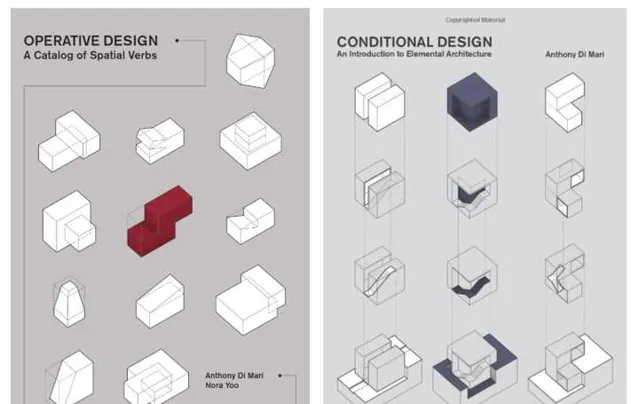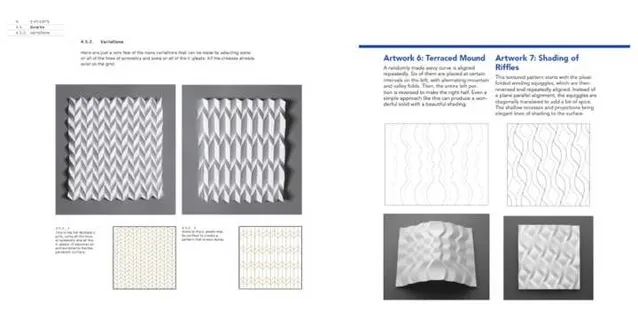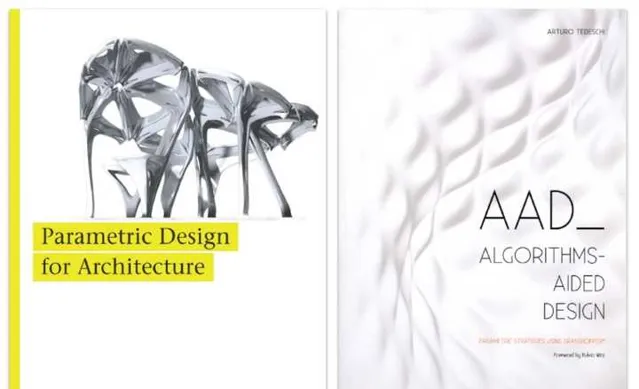無腦出形體的話,技巧還是挺多的。有兩本堪稱葵花寶典的邪術小冊子:
 Operative Design: A Catalog of Spatial Verbs
Conditional Design: An Introduction to Elemental Architecture
Operative Design: A Catalog of Spatial Verbs
Conditional Design: An Introduction to Elemental Architecture
常見的手法有:
斜擡、擠出、膨脹
 Source Image: 【Operative Design: A Catalog of Spatial Verbs】
分叉、合並、巢狀、縮排
Source Image: 【Operative Design: A Catalog of Spatial Verbs】
分叉、合並、巢狀、縮排
 Source Image: 【Operative Design: A Catalog of Spatial Verbs】
彎折、傾斜、裂口、扭轉
Source Image: 【Operative Design: A Catalog of Spatial Verbs】
彎折、傾斜、裂口、扭轉
 Source Image: 【Operative Design: A Catalog of Spatial Verbs】
連鎖、相交、提升、嵌入
Source Image: 【Operative Design: A Catalog of Spatial Verbs】
連鎖、相交、提升、嵌入
 Source Image: 【Operative Design: A Catalog of Spatial Verbs】
疊加、旋轉、移位
Source Image: 【Operative Design: A Catalog of Spatial Verbs】
疊加、旋轉、移位
 Source Image: 【Operative Design: A Catalog of Spatial Verbs】
掏空、壓縮、分割、擡階
Source Image: 【Operative Design: A Catalog of Spatial Verbs】
掏空、壓縮、分割、擡階
 Source Image: 【Operative Design: A Catalog of Spatial Verbs】
凹口、收縮、斜切、錐度
Source Image: 【Operative Design: A Catalog of Spatial Verbs】
凹口、收縮、斜切、錐度
 Source Image: 【Operative Design: A Catalog of Spatial Verbs】
嵌入、交集、貫穿、沈降
Source Image: 【Operative Design: A Catalog of Spatial Verbs】
嵌入、交集、貫穿、沈降
 Source Image: 【Operative Design: A Catalog of Spatial Verbs】
Source Image: 【Operative Design: A Catalog of Spatial Verbs】
上面這些就是比較基本的形體構成,更復雜的形體可以由這些步驟疊加而來。
還有兩本專門講手工折紙的書,對於從一個面出發的抽象形態有點幫助。
 Folding Techniques for Designers: From Sheet to Form
Curved-folding origami design
Folding Techniques for Designers: From Sheet to Form
Curved-folding origami design

這個東西練不練得成得看手巧程度了。
當然最終上到參數化的話,那真的就是形體構成無窮盡了……
 Parametric Design for Architecture
AAD Algorithms-Aided Design
Parametric Design for Architecture
AAD Algorithms-Aided Design























